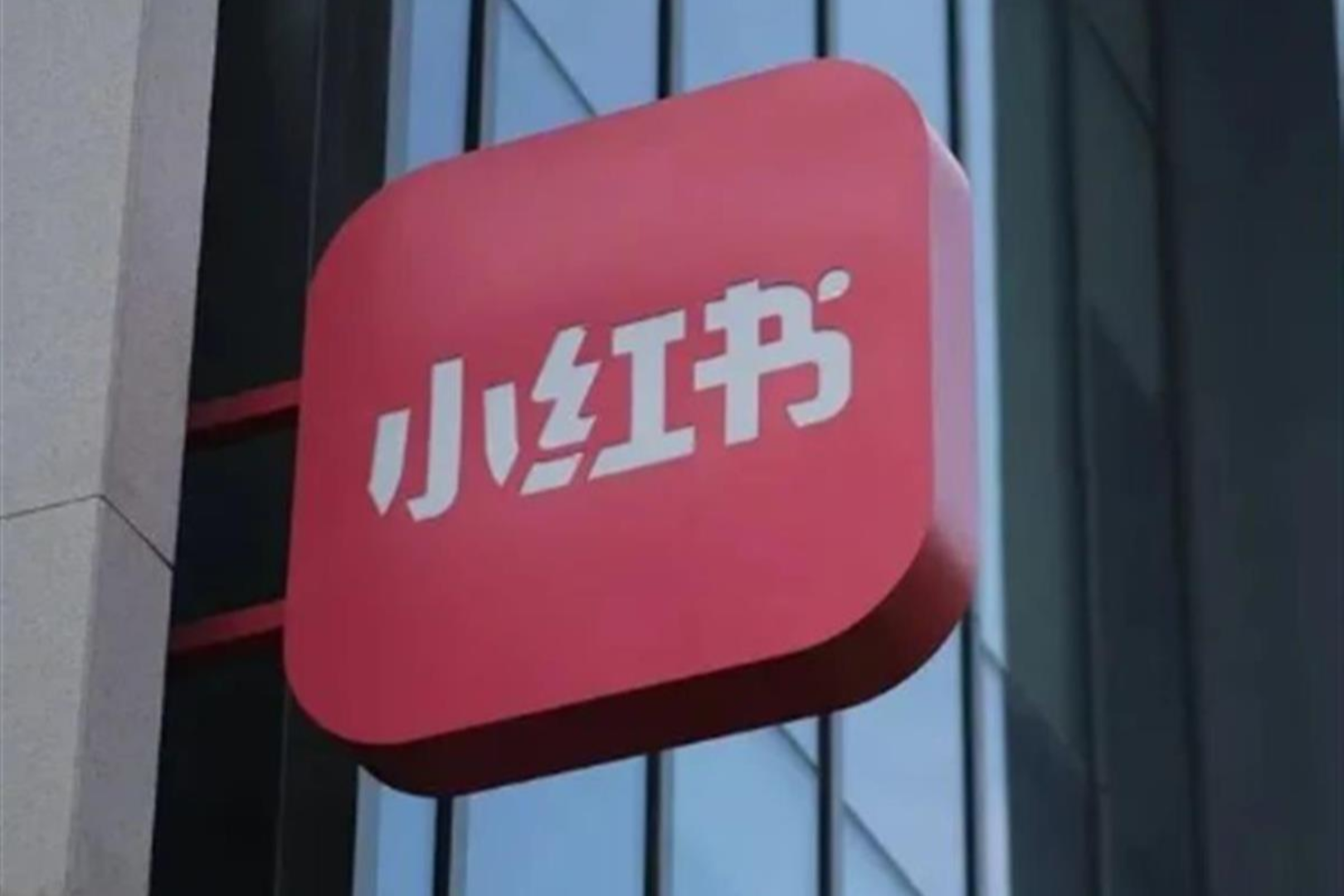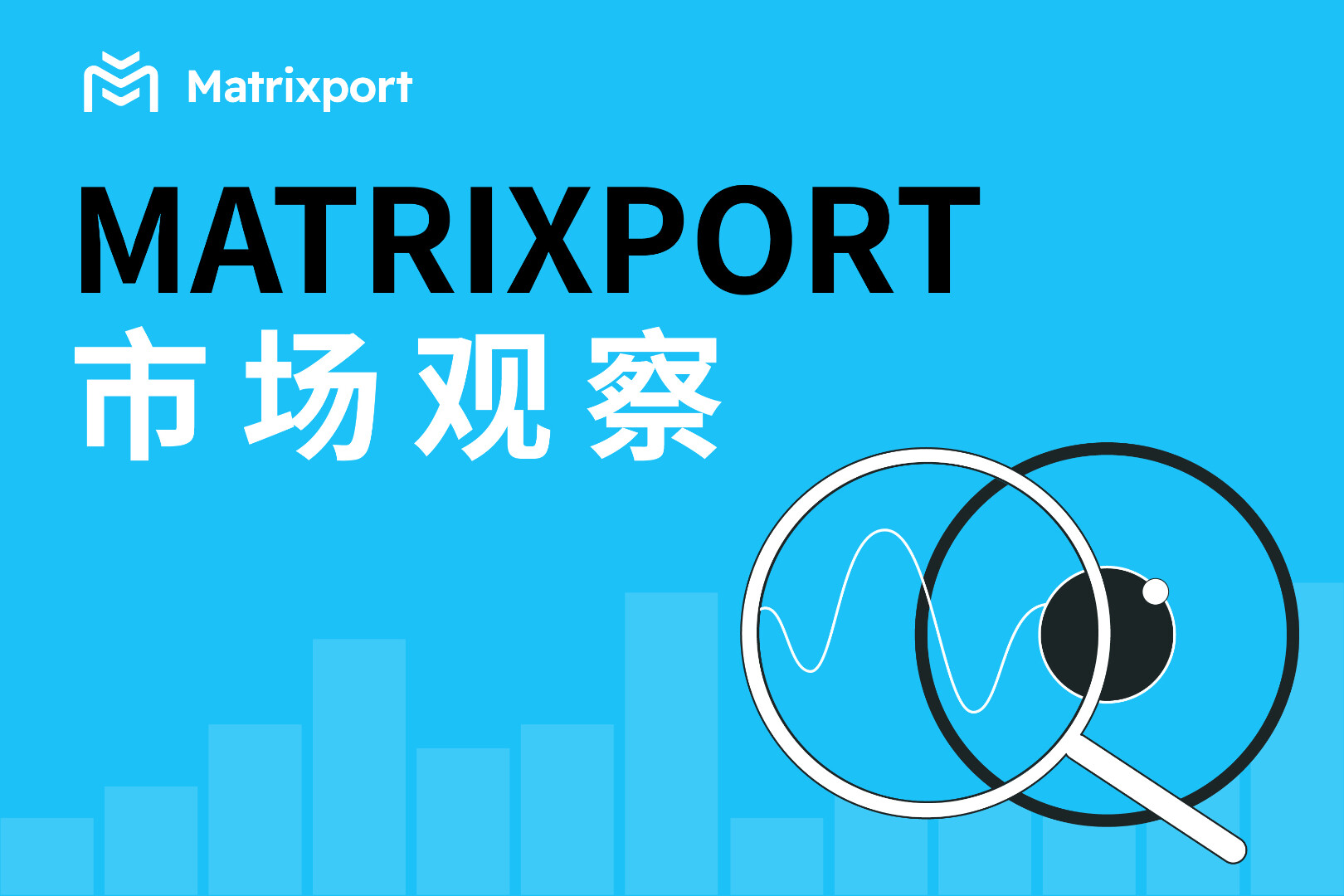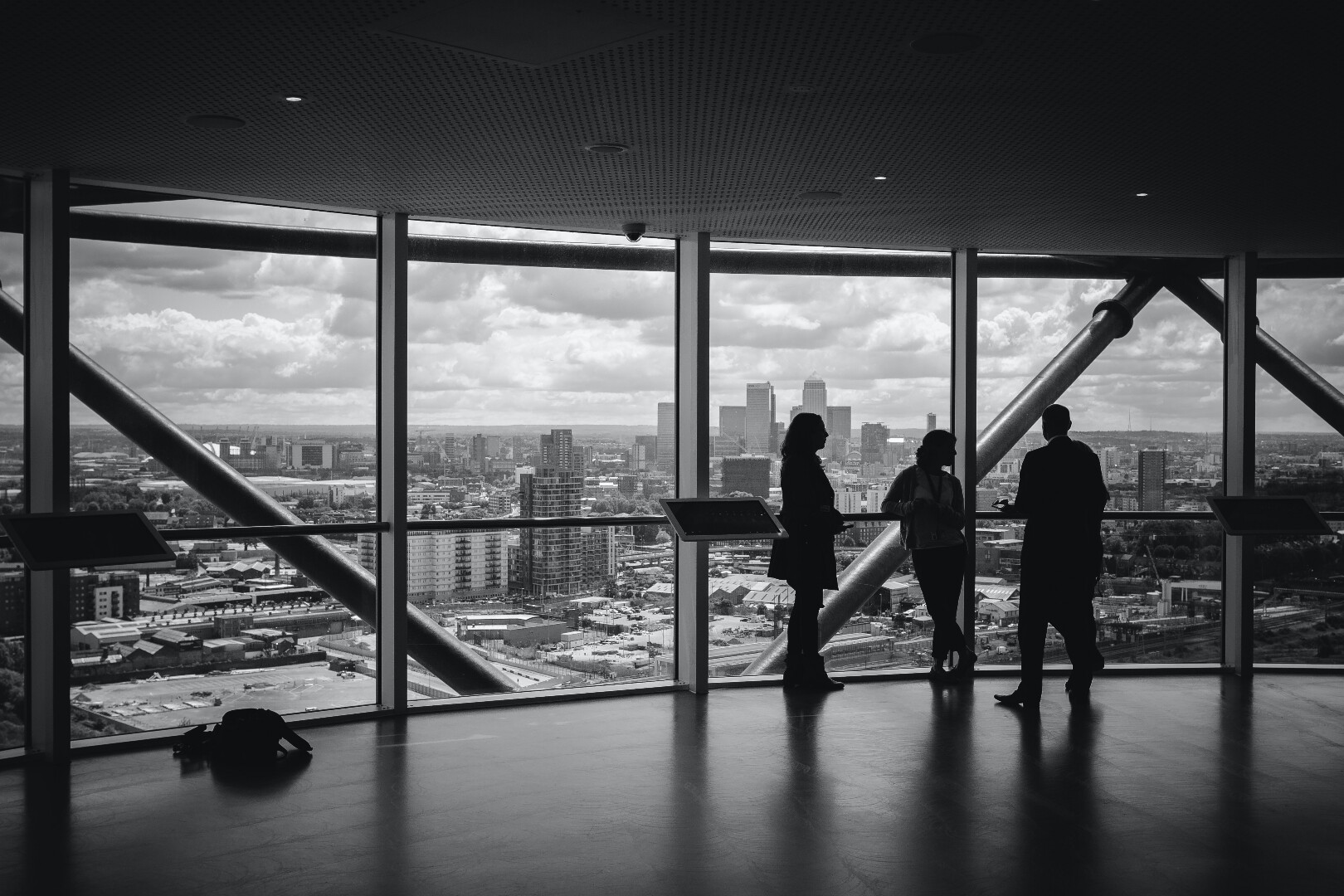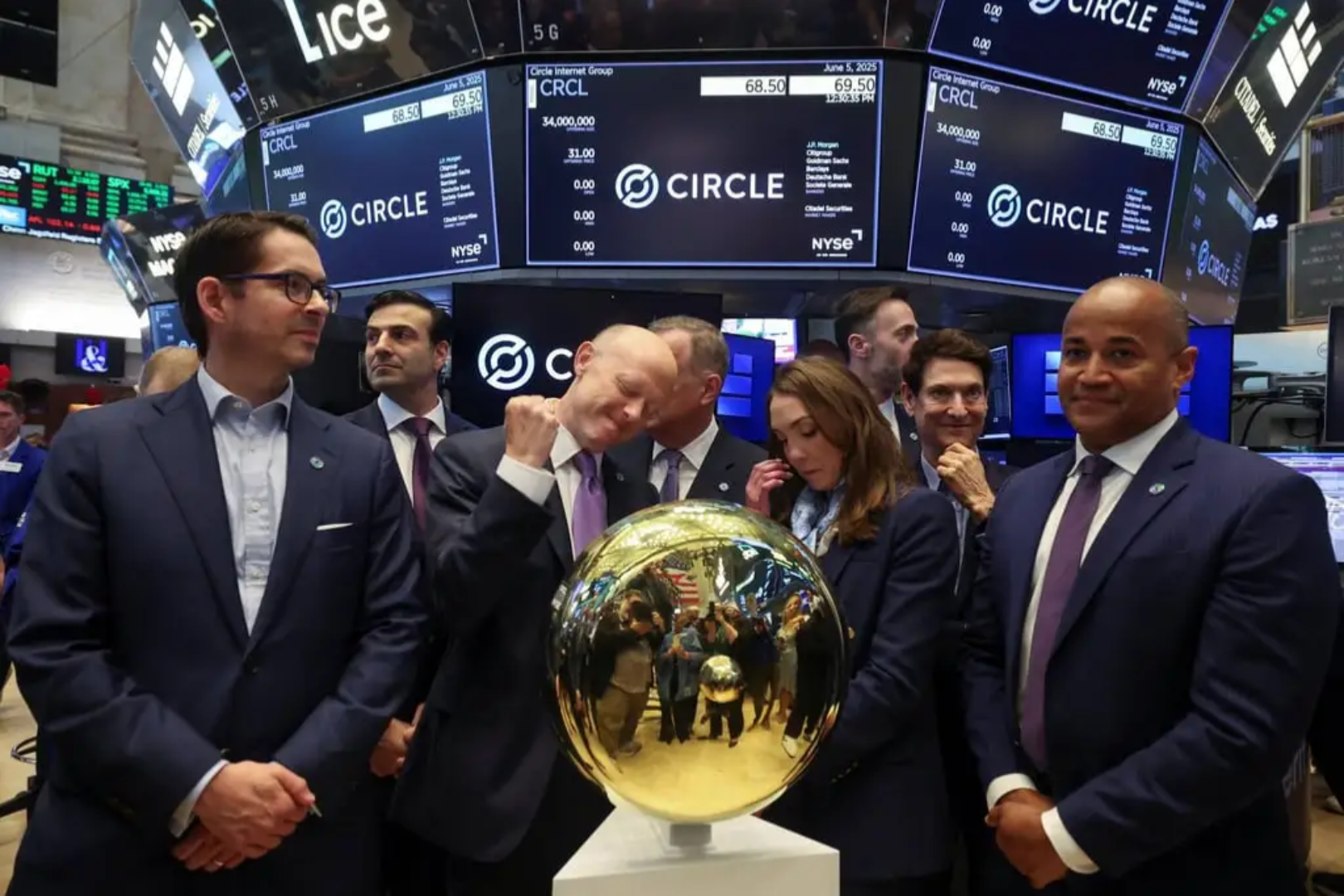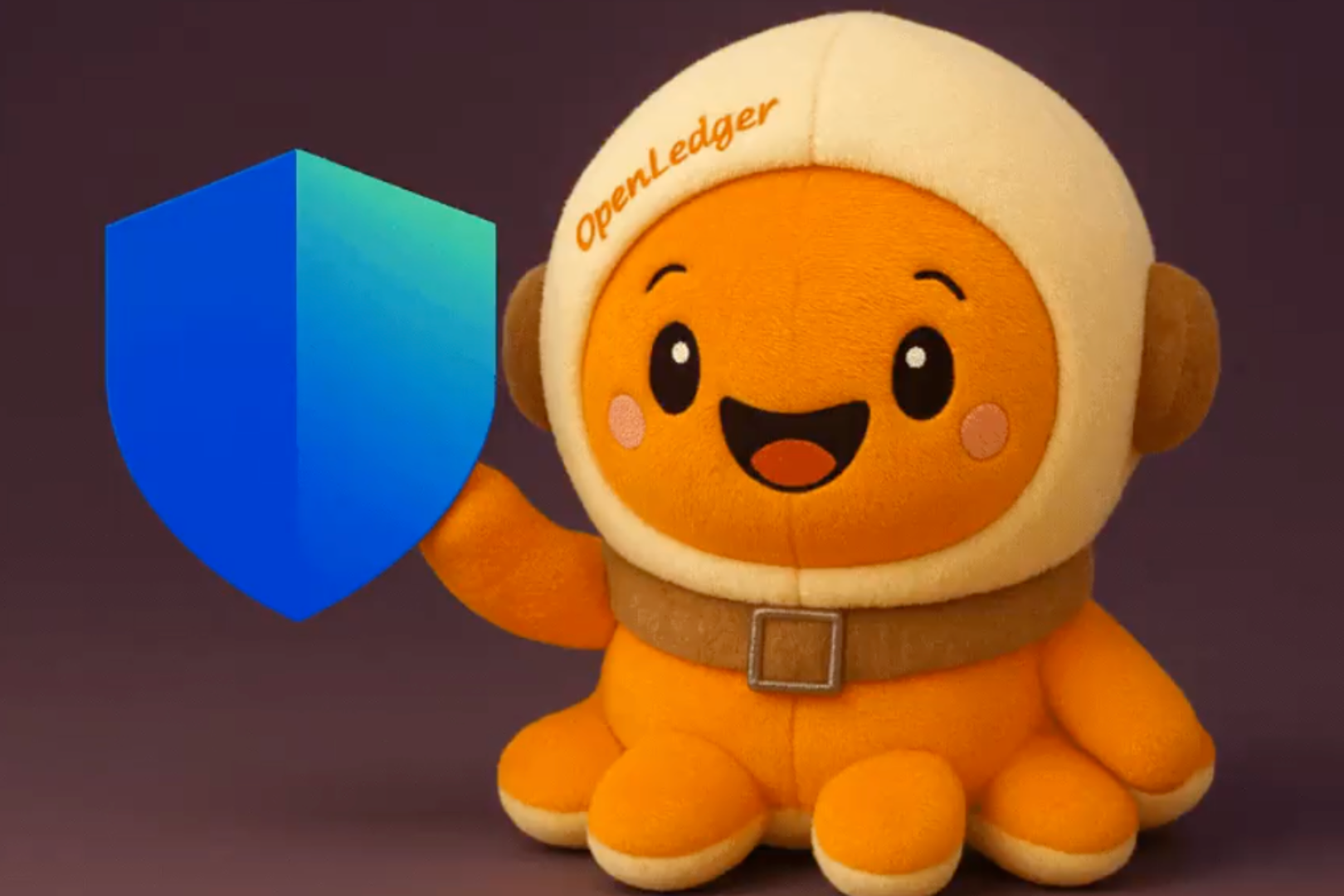The author of this article, Li Jin, is the founder of Atelier Ventures, and researches creator economy, DAO, WEB3
Nearly two years ago, I published "The Passion Economy and the Future of Work," which laid out a vision for online work that was inspired by and responsive to the challenges of the gig economy. While the gig economy represents Significant development—removing geographic constraints on job opportunities and providing greater flexibility—but it also brings risks disproportionately borne by workers: reduced leverage, income instability, lack of rights and protections for workers , and a lack of autonomy. Through strong network effects and ownership of customer and reputation data, gig platforms act as gatekeepers to workers’ income. Some scholars believe that the gig economy — which includes 55 million Americans or 34% of the workforce — — has eroded a century of hard-won worker protections.
The Passion Economy is conceived as an evolution and alternative to the gig economy model of online work, requiring building online audiences, cultivating direct user relationships, and monetizing skills/knowledge, content, and other personalized services. (Note that while the passion economy is broader than the creator economy in that revenue comes from providing a wider range of personalized services and products—not just from content creation—they overlap: passion economy workers leverage the tools of the creator economy in to build an audience that can be monetized in a number of ways. Therefore, I will use these terms interchangeably in this article.)
The appeal and promise of the passion economy is clear: Creators can reach a global audience with an internet connection and make a living off of 1,000 or 100 true fans. Today, some creators make millions of dollars a year by participating in brand deals, selling digital content, creating courses, and more. These online microentrepreneurs now number more than50000000. Meanwhile, the tech industry is buzzing around the creator/passion economy: almosteachThe big social media platforms are rolling out new funding, programs and features to attract and retain creators. and manynewStartups seek to serve creators by making it easier for them to make a living.
But just as the gig economy model of work has had negative consequences, strong parallels are emerging between the gig economy and the creator economy, rooted in the commodification of work and the erosion of worker leverage. For today's online creators, a handful of large social media platforms act as gatekeepers for finding and connecting with audiences. While these platforms provide creators with valuable services, including tools for content creation, hosting, and discovery, there is a huge power imbalance between the platforms and creators, who depend on the platforms for distribution.
As we adopt the S-curve, social media platforms have shifted from supporting creator personalities to commoditizing creators in order to maintain a grasp on user attention, which is a necessary part of advertising-based business models. This dynamic undermines creator success and independence, making the creator economy as corrosive to online workers as the gig economy.
A host of startups are trying to help creators build their independent, owned properties online; earn more from fewer, more authentic fans; and reduce their reliance on social media platforms. But unless we fundamentally change the foundations of the creator economy—how creators find and connect to communities in the first place—these solutions are incremental at best and won’t create fundamental changes to the problems plaguing the creator economy today. relief.
Only by understanding how the creator economy has evolved and its risks can we move it forward more thoughtfully. My goal with this blog post is to help the tech community amplify their positive impact; help creators understand and take action to improve their situation; need.
new form of capital
In a world where work is increasingly mediated by platforms, the relationship between workers and capital owners is evolving. Historically, capital ownership revolved around physical capital, such as manufacturing equipment, raw materials, and buildings. Between 1801 and 1891, the proportion of the urban population in England and Wales jumped from 17% to 72% during the Industrial Revolution, when workers migrated to cities in large numbers to find work in various production centers. Since the late 20th century, capital has shifted from production to finance, with financial services accounting for an increasing share of national income relative to other nonfinancial sectors.
Today, with the shift to platform-mediated work, capital is once again evolving into productivity-enhancing data ownership.
Lock-in to gig economy platforms does not depend on control of physical capital or manufacturing equipment. Instead, their capital is the data they collect and control — the location of each network participant, records of all events and interactions, reputation and feedback scores, and market-clearing prices — all of which reinforce their network effects.
Likewise, a creator economy is characterized by the rise of a small number of firms that have accumulated capital and effectively controlled the means of production and distribution. While online platforms unlock traditional gatekeepers of the creative world, they are also gateways to new types of capital. The dominant centralized creator platforms own the data, social graphs, and end-user relationships—all of which creators need to capture audiences and revenue. Furthermore, in most cases, this type of capital cannot be easily transferred to outside, creator-owned property. In this way, the labor of creators is controlled and commoditized by platforms.
Parallel Issues in the Gig Economy and the Creator Economy
In the context of creator platforms controlling the means of production, various risks ensue:
Oversupply and competition among creators
Like the gig economy, the creator economy is characterized by an oversupply: there are plenty of creators willing to create content, and algorithmic feeds provide a steady stream of alternatives. As a creator, one's content is commoditized and can be replaced by competitors' products. When there is a monolithic feed built algorithmically using a prioritized attachment model, a small group of creators rise to the top, and all creators compete against each other for the viewer's attention. The result is a zero-sum competition among creators, leading to an oversupply and devaluation of content. Creators are trying to implement scripts that leverage social media platforms to build audiences before porting them elsewhere.
A unique factor hindering creators from organizing and acting is the intrinsic motivation behind creative work online: creating content often has connotations as a hobby or labor of love, which leads many new aspiring creators to join the platform and start creating content for free, without any Expectations of Compensation, Benefit or Protection. This puts creative labor at unique risk of being undervalued and exploited.
Exploiting the labor of creators
While unpaid internships are still legal in many settings in the U.S., they are increasingly seen as exploitative. The Fair Labor Standards Act of 1938 states that any employee of a for-profit corporation must be paid for work. Creators, by contrast, are effectively unpaid labor at scale, uploading vast amounts of content that platforms have translated into billions of dollars in revenue and trillions of dollars in equity value. Sometimes creators get a cut of the revenue platforms earn from their content, but lack a vote in how pay is determined or how monetization rules and thresholds are set. It’s reminiscent of compensation practices in the gig economy: ride-sharing and delivery platforms shift costs and risks onto drivers, who are not paid when they don’t have rides or orders, resulting in effective earnings below minimum wage.
Insecurity and Volatility
Creator labor requires the same work and income insecurity as gig work. In the world of gig work, clients can terminate contracts at any time and suppliers can be easily replaced. The same is true for creators: if a user isn't satisfied with the content or product, another creator is just a swipe away. Underscoring this job insecurity are the black-box algorithms that drive most social media discovery feeds: product designs can change at any time to favor different types of content, diverting potential potential followers elsewhere. This insecurity and volatility is a direct cause of creator burnout.
In a New York Times article on creator burnout, a TikTok creator in Toronto said: "I almost feel like I'm getting a taste of celebrity, but it never lasts, and once you get it, it's Gone, and you keep trying to get it back."
Last summer, after the closure of Mixer and the subsequent threat of TikTokbanDuring this period, the creator's job insecurity came into focus. Creators exhort followers to follow their other social media accounts, and third-party products emerge to let creators download copies of their own content or follower lists. Deplatforming—whether by platform or country—means creators can easily lose access to their audiences and past creations. In the gig economy, a similar situation occurs when platforms deactivate worker accounts (for various reasons), and workers lose the ability to earn income and lose access to former customers.
Brokerage and Taxation
Because creator platforms often own the relationship between creators and fans, they can also mediate economic relationships, and compensation is determined by the platform. Just as gig workers cannot negotiate their compensation with platforms, creators are also price takers, with platforms determining revenue share rates, monetization criteria, creator fund payouts, and other factors that drive creator income. One-sided and often opaque monetization policies have led to widespread creator mistrust. A WIRED article about the TikTok Creators Fund states, “Three creators who spoke to WIRED said they noticed a drop in views after joining the fund, and they wondered if TikTok was intentionally limiting their reach in order to limit their income.” From Since then, two of them have opted out of the program entirely."
There may also be intermediation of other creators: because of the role fan graphs and reputation play in exposing content, influence and monetization to those who already have a large audience. Associated risks include the lack of attribution of trends to smaller creators or claims to represent creatorsAgencywithholding of income.
How can we build a healthier creator economy?
In the face of an increasingly commoditized creator workforce, to achieve a better creator economy vision, the following principles should be adhered to:
1. Ownership and Portability
Ownership comes in different forms: Creators increasingly value having neutral channels of communication with audiences (via email lists, RSS subscribers) and having direct monetization relationships with end users (Stripe accounts). Creators also set up their own websites, possibly self-hosted using their own domain names, as a way of building more direct fan relationships. Creator and user ownership of data, relationships, content, identities, and interactions will weaken platform lock-in and lead to a shift of power from platforms to actors, enabling them to operate outside the few.
But we can go one step further and let creators and users control their own destiny: the software itself can become community owned and operated. In a cryptonetwork, this might entail the distribution of tokens that confer governance rights; while in a Web2 platform, user ownership could take the form of participating in the community as investors and advisors (possibly enabled through tools such as Fairmint, Republic, Cabal, or Stonks)). For companies, having creators as shareholders increases incentives for creators to contribute to the company they co-own, provides creators with the opportunity to make decisions that contribute to the success of the business, and creates a balance between the platform and its participants. Create incentive alignment.
Regarding the content itself: While most Web2 platforms do not claim ownership of user content, they grant the platform the right to use, distribute and modify their work. Instagram's terms of use state, "You hereby grant us a non-exclusive, royalty-free, transferable, sublicensable worldwide license to host, use, distribute, modify, run, reproduce, publicly perform or display, translate and content creation derivative works.” In other words, users are effectively handing over control of how, where, when, and under what circumstances images can be reused to the platform—losing ownership and control, resulting in their content Devaluation and commoditization.
Fred Wilson wrote about ownership on his blog:
“It is important to me [for me] to control the platforms on which I publish. I use the open source WordPress software for my content management system and run it on a hosting server. I use my own domain, AVC.com, to find me on the Internet book. It has helped me a lot. No matter how horrible I get, no one will bring me down.
But we can go further along this path of controlling our destiny. We can decentralize the whole thing; content management system, content storage, domain name system. "
2. Credible neutral creator mechanism
Vitalik Buterin writes about the importance of establishing a trusted neutral mechanism, in which he describes, "If it is easy to see that a mechanism does not discriminate against or oppose any particular mechanism just by looking at its design, then it is a trusted neutral mechanism The four elements of trusted neutrality are: (1) don’t write specific people or specific outcomes into mechanisms, (2) open source and publicly verifiable execution, (3) keep it simple (4) don’t change it too much frequently.
Another way to think about credible neutrality is "veil of ignorance” idea. In this thought experiment, citizens are asked to make choices about society from behind a “veil of ignorance” without knowing their gender, race, ability, taste, wealth, or social status. Correspondingly, Applying the veil of ignorance to creator platforms allows us to test the fairness and impartiality of policies, monetization mechanisms, funding, and product mechanisms. For example, if we are behind the veil of ignorance, we don't know which specific person on the platform we will be. Creators, will we design the TikTok Creator Fund as it is?
It's easy to see how today's Web2 platforms lack trusted neutrality and fail to reason through the veil of ignorance: the algorithms that decide what content to display are not publicly verifiable, and removing certain creators or content happens arbitrarily. An imperfect attempt at credible neutrality, Facebook's Oversight Board is made up of 20 "independent" members (chosen by Facebook) who review decisions about content moderation. Most recently, due to Donald Trump's ban, the board considered an indefinite suspension to be an arbitrary punishment not supported by the company's stated policy: "Facebook does not allow users to leave the platform for an indeterminate amount of time, and there are no rules as to when or whether to resume account.” It went on to say, “By applying vague, non-standard penalties and then taking the case to the board for resolution, Facebook sought to evade its responsibility.” More broadly, in response to the limited powers and questionable Neutrality, an ad hoc group of activists, researchers and academics convened a "real Facebook oversight board" to push for more accountability.
wrotewrote: "Is our mirror team the sole gatekeepers of the platform? Is this fully in line with our values? Do we even have the time to do that? The answer is no, no, no." While potential members may not like the outcome, the process is Public, neutral and publicly verifiable.
3. Creator-friendly business model
A business model defines the incentives that drive user-generated content. Offering a more direct monetization model (where users pay creators) can encourage creators to align their content with value to end users, rather than creating content that maximizes watch time or virality. Other monetization models could foster a creator middle class, for example, by allowing creators to tap into superfans to capture more of the area below their demand curve, or to earn more passive income (e.g. "create now, earn later"), thereby Reduce the aggressive effort needed to maintain financial success and alleviate creator burnout.
Additionally, the platform should set a minimum withdrawal rate. Bill Gurley outlines the strategy behind platform charging rates in his post: "In order for your platform to be the 'defining' place to trade, you need industry-leading pricing" Candidates are able to increase their acceptance rate for better placement. This is in stark contrast to most creator platforms today, which set take-up rates unilaterally and sometimes backwards (more successful creators pay less, like on Twitch).
4. Creator interdependence and solidarity
4. Creator interdependence and solidarity
Today’s creator economy, as it exists on centralized social platforms, pits creators against each other in constant competition for fleeting attention. Going forward, I hope we can build platforms and mechanisms that incentivize creators to support each other so that one creator's success doesn't come at the expense of another.
A Creator DAO (Decentralized Autonomous Organization) is a way to turn a group of people with a common mission (eg, creating media about a certain topic) into a decentralized army with financial and governance tools that leverage the collective intelligence of its members. Today we see a lot of experimentation in Creator DAOs: members vote on creative projects, co-create content, funnel all revenue to the treasury and share ownership (like Songcamp's Elektra or DIRT). In addition to the Creator DAO, recent instances of large groups of people coming together to purchase NFT artwork, such as via PartyBid, hint at how people can organize to achieve collective goals. These organizations provide a glimpse of what this more collaborative future might look like, and I hope best practices emerge on how creators can leverage DAOs. Perhaps one element of these DAOs could be Universal Creative Income, funded by community treasuries to expand access to emerging diverse creators. In contrast to creator funding offered by social media platforms today, eligibility for funding can be based on independently verifiable data since all user metrics are on-chain.
Note that it may not be feasible for existing platforms to adopt the above principles, as doing so would erode their current business models and weaken their network effects. The innovator's dilemma suggests that new entrants are most likely to be those keeping these creator-friendly principles in mind, as well as new disruptive business models that serve creators' interests.

